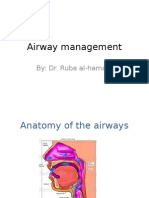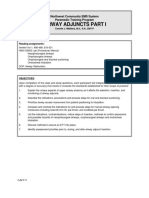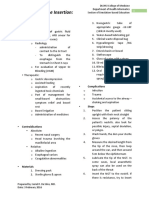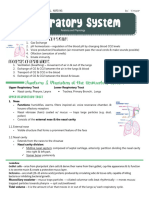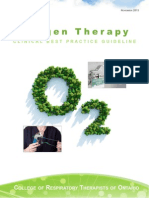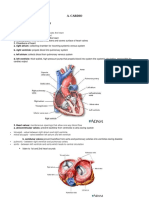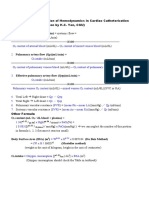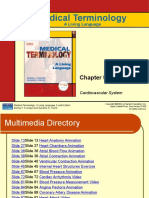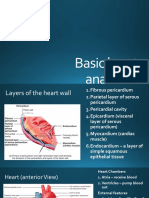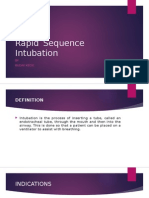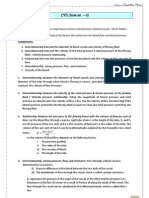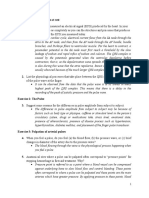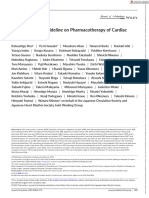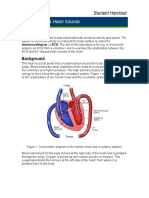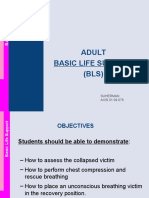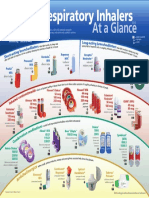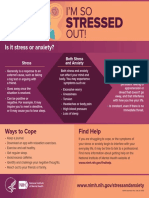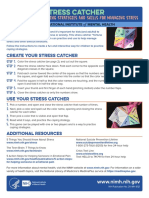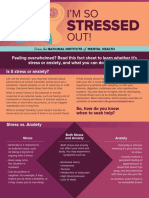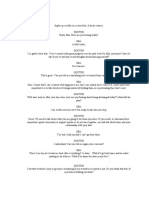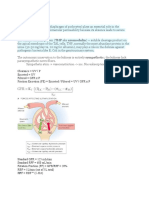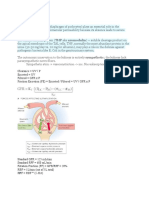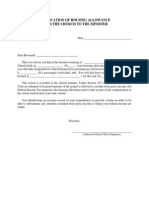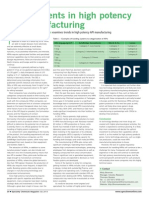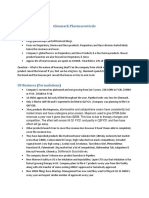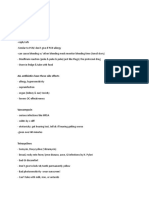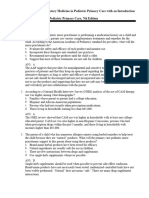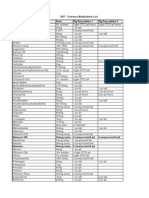Advanced Airway Control
Goal: to create an open or patent airway - a clear path between a patient’s lungs and the outside world.
This is accomplished by clearing or preventing obstructions of airways. Obstructions can be caused by many things,
including the patient's own tongue, other anatomical components of the airway, foreign bodies, excessive amounts
of blood, or aspiration of food particles, liquid or even saliva.
Indications: Contraindications:
Inadequate oxygenation (decreased arterial PO2). Patients with an intact gag reflex.
Inadequate ventilation (increased arterial PCO2). Patients likely to react with laryngospasm to an
Need to control and remove pulmonary secretions. intubation attempt. e.g. Children with epiglottitis.
Any patient in cardiac arrest. Basilar skull fracture – avoid nasotracheal intubation
Any patient in respiratory arrest. and nasopharyngeal tube.
Any patient with a GCS of <=8.
Supraglottic techniques:
Nasopharyngeal airway (NPA)
Nasopharyngeal airways are soft rubber or plastic hollow tubes that are passed through the nose
into the posterior pharynx. Patients tolerate NPAs more easily than OPAs, so NPAs can be used
when the use of an OPA is difficult
Oropharyngeal airway (OPA)
Oropharyngeal airways are rigid plastic curved devices, which are inserted through the
patients mouth. It prevents the patients tongue from covering the epiglottis and thereby obstructing
the airway. An oropharyngeal airway should only be used in a deeply unresponsive patient.
Endotracheal (ET) tube
Position the patient supine, open the airway with a head-tilt chin-lift maneuver.
Open mouth by separating the lips and pulling on upper jaw with the index
finger.
Hold laryngoscope in left hand, insert scope into mouth with blade directed to
right tonsil.
Once right tonsil is reached, sweep the blade to the midline keeping the tongue
on the left.
This brings the epiglottis into view. DO NOT LOOSE SIGHT OF IT!
Advance the blade until it reaches the angle between the base of the tongue
and epiglottis (known as the volecular space).
Lift the laryngoscope upwards and away from the nose – towards the chest.
This should bring the vocal cords into view. It may be necessary for a colleague
to press on the trachea to improve the view of the larynx.
Place the ETT in the right hand. Keep the concavity of the tube facing the right
side of the mouth.
Insert the tube watching it enter through the cords.
Insert the tube just so the cuff has passed the cords and then inflate the cuff.
Listed for air entry at both apices and both axillae to ensure correct placement
using a stethoscope.
Clinical Pearls:
Always oxygenate patient before and after intubation.
An intubation attempt should never exceed 30 seconds.
Always a have suction unit available.
Have sedative medication available if needed. (e.g. Midazolam 15mg/3ml)
Always reconfirm tube placement manually, guided by spO2 readings.
Infraglottic techniques (when supraglottic technique fails):
A cricothyrotomy is an incision made through the skin and cricothyroid membrane to establish a patent airway
during certain life-threatening situations, such as airway obstruction by a foreign body, angioedema, or massive
facial trauma. Cricothyrotomy is easier and quicker to perform than tracheotomy, does not require manipulation of
the cervical spine and is associated with fewer complications.
A tracheotomy is a surgically created opening from the skin of the neck down to the trachea. A tracheotomy may
be considered where a person will need to be on a mechanical ventilator for a longer period. The advantages of a
tracheotomy include less risk of infection and damage to the trachea such as tracheal stenosis.
